IT Field Service Engineers – Part 2
At any minute, 24/7, there are IT Field Service Engineers working on different types of servers all over the world. What is their history? Why do we need so many?
This article follows on from our previous article and looks at the history of computing and the people who came before IT Field Service Engineers.
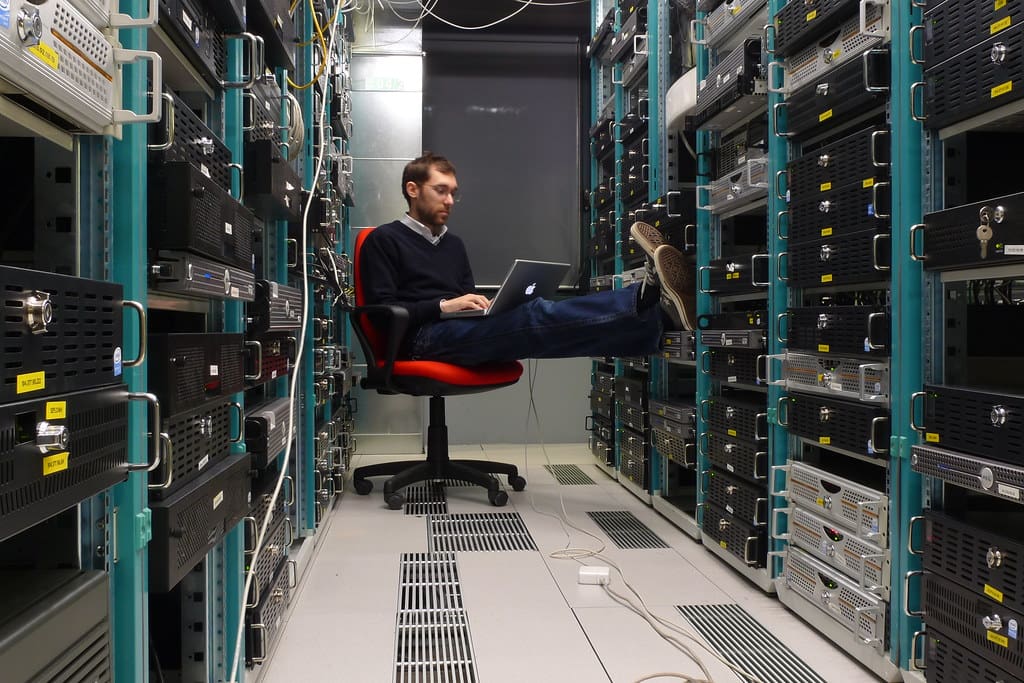

The digital and programmable past
At any minute, 24/7, there are IT Field Service Engineers working on different types of servers all over the world. Where did they come from? Why do we need so many?
The previous post looked at how things progressed from using mechanical and analogue tools, which were not programmable. What about digital and programmable concepts?
Charles Babbage
Charles Babbage (1791-1871) originated the concept of a digital programmable computer and invented the first mechanical computer, the Difference Engine and then the Analytical Engine. He is often called the father of computing
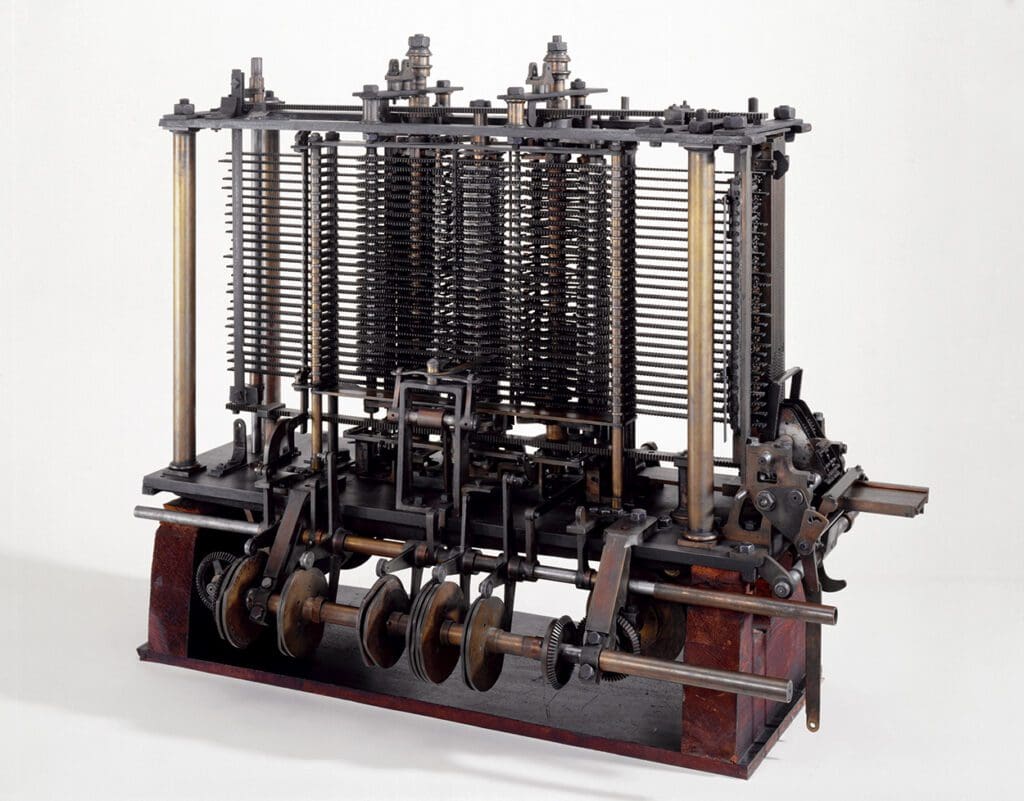

Ada Lovelace
Ada Lovelace (1815-1852) is regarded as the first computer programmer. She worked on Charles Babbage’s Analytical Engine and realised that the machine had applications beyond pure calculation. Ada published an algorithm which she intended for such a machine if it were to be built.
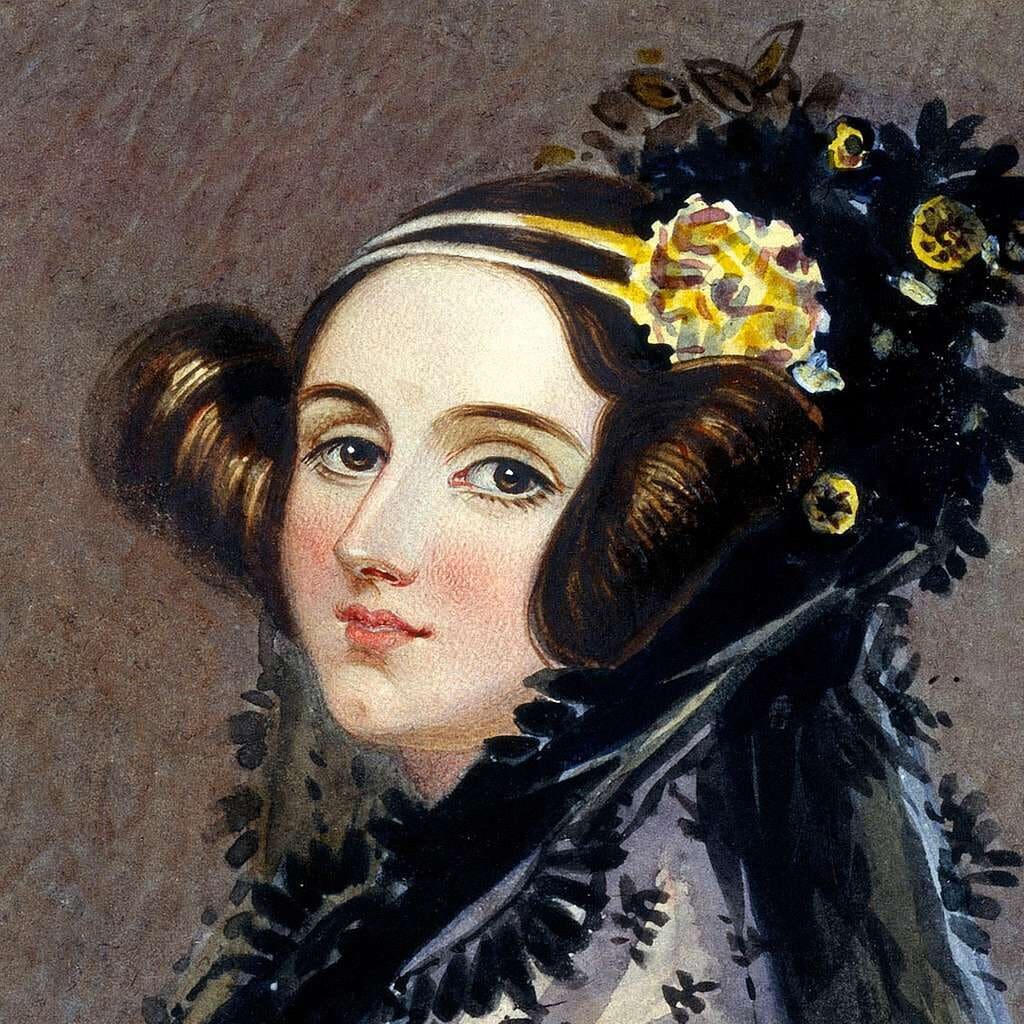

Alan Turing
Alan Turing first described a universal machine (also called a Turing Machine) designed to be capable of computing anything.
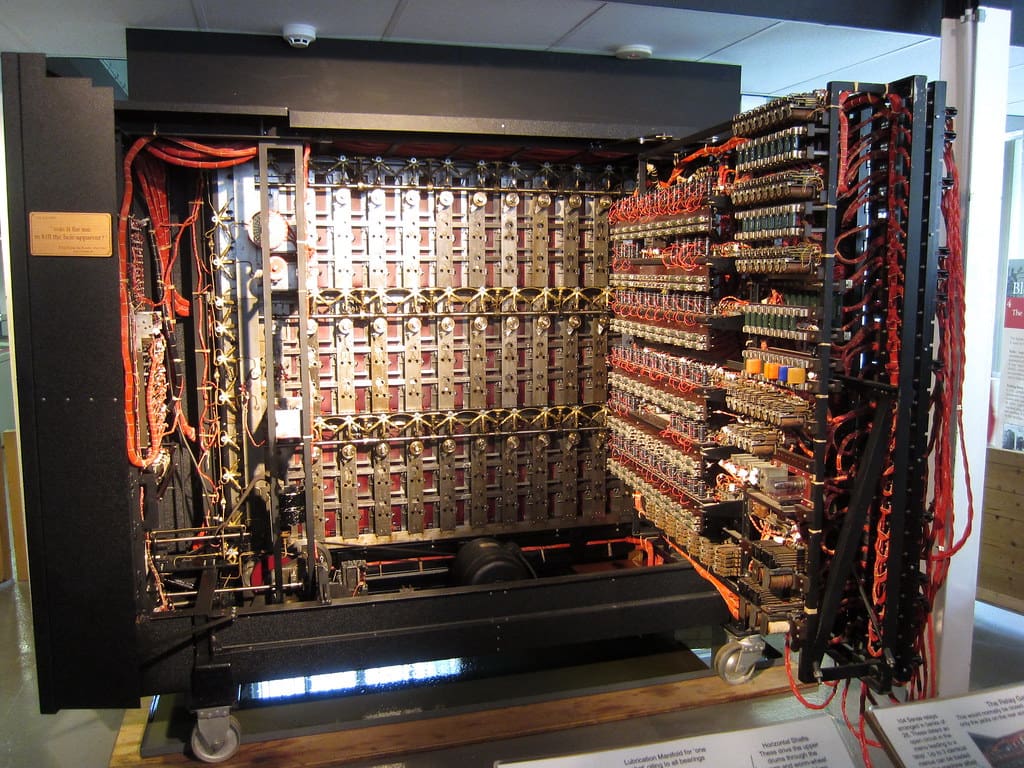

ENIAC
The first programmable, electronic, general purpose digital computer was ENIAC (Electronic Numerical Integrator and Computer) built by John Mauchly and J Presper Eckert Jnr and their colleagues at the University of Pennsylvania in the United States. ENIAC was completed in 1946 and occupied a basement and needed its own air conditioning system as it generated so much heat.
Grace Hopper
Grace Hopper, known as the first lady of software, was key in developing one of the first high-level programming languages – COBOL. She also invented a program that translates programming code to machine language – the first compiler.
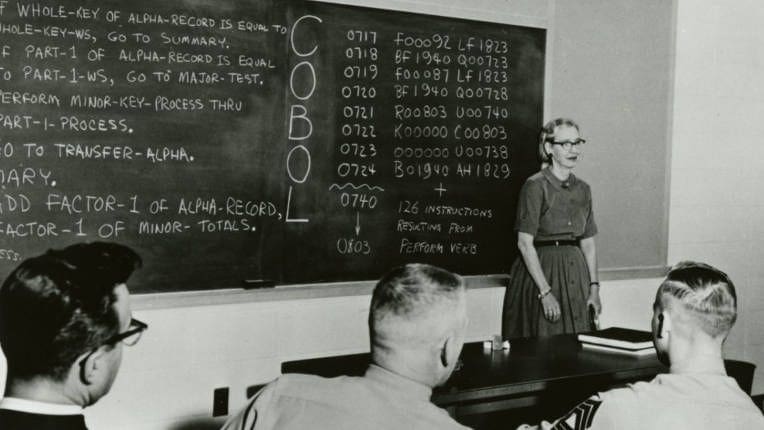

Computer mouse
Douglas C Engelbart invented the computer mouse as a solution to pointing and clicking on a display screen. As it was the early sixties, this first mouse had just one button and was in a wooden casing.
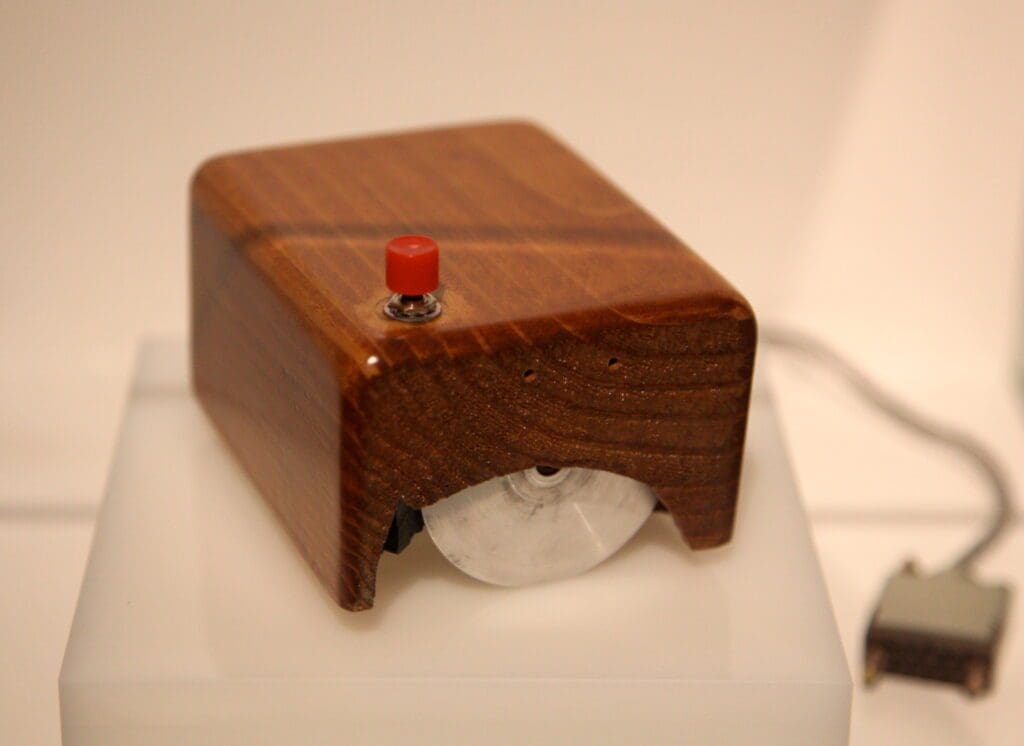

Desktop computers
Desktop and handheld calculators were first seen in the 1960s, but were not programmable until 1974 when the Hewlett Packard ‘personal computer’ was released.
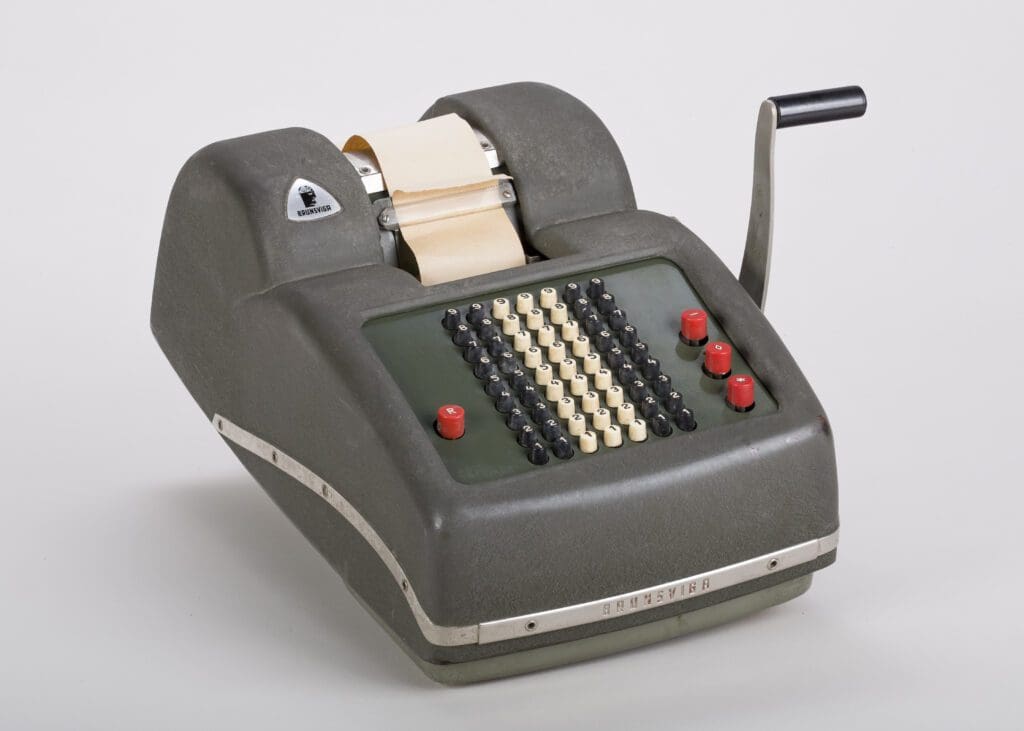

Ethernet
Then came the next huge sea change. In 1973 Robert Metcalfe developed the ethernet and so local area, metropolitan area and wide area networks were possible.
Some of the first Server Engineers started work in the 1950s and 1960s and worked on IBM and ICL servers.
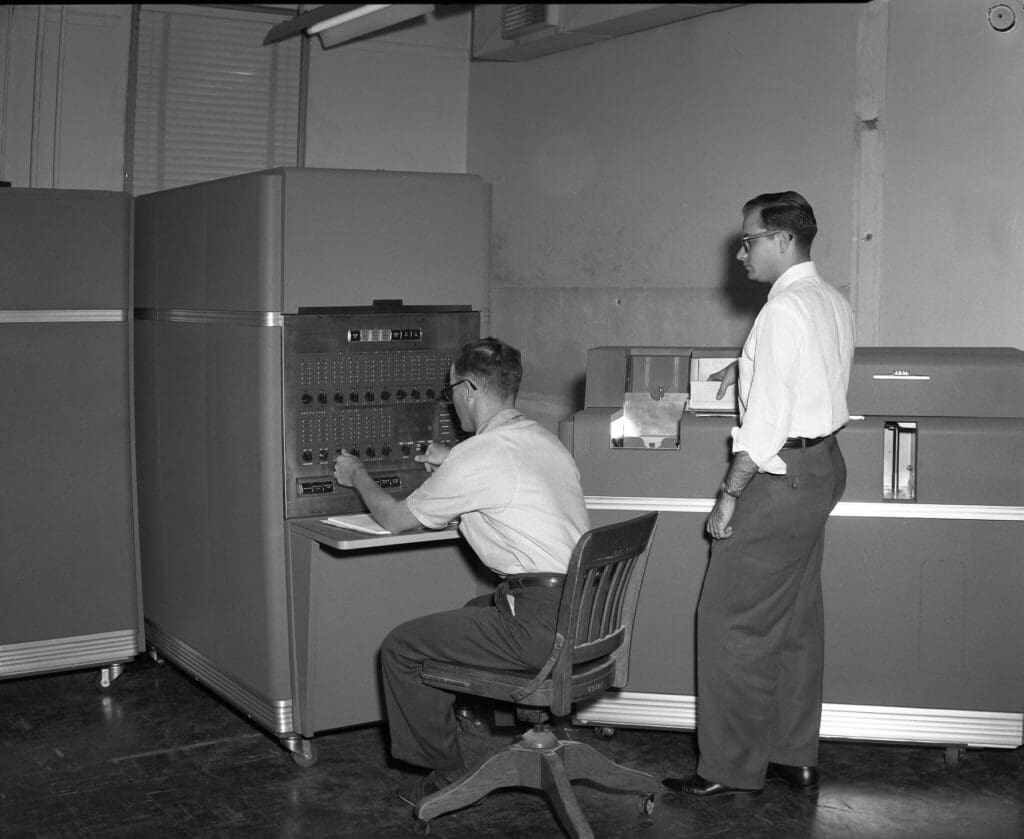

Now, IT is everywhere and so there are servers too which need to be serviced. This is where IT Field Service Engineers come from. They work on a huge range of servers from infrastructure to bitcoin mining computers.
Thomas J Watson, IBM’s president in the early 1940s. would no longer stand by his remark:
“I think there is a world market for about five computers.”
What does the future hold and how do you think the role of IT Field Service Engineers will develop and change?


Responses